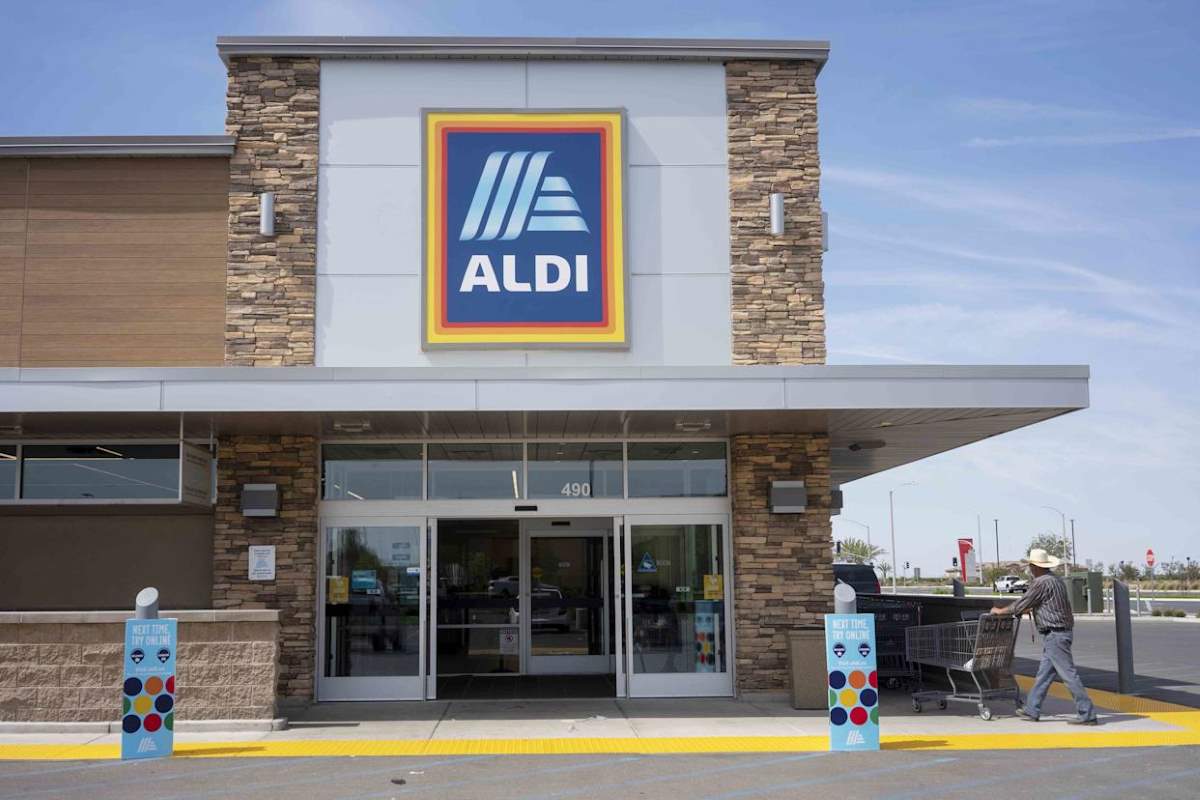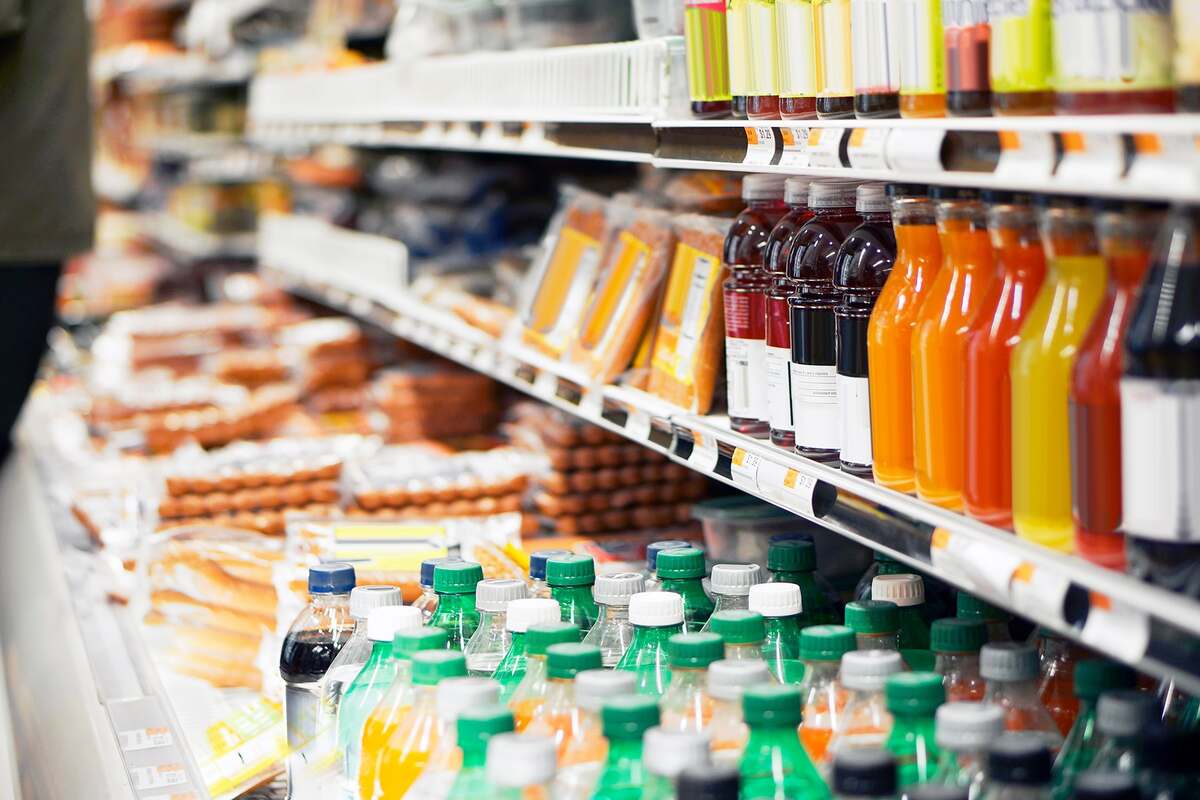The impact of food delivery apps has become so far-reaching that projections suggest 2 billion meal orders will be completed in 2025. A couple of decades ago, if you craved some pizza, a drive to a nearby restaurant may have been necessary. However, today, the digital dining economy makes it possible to order almost any meal from the comfort of your home.
Now, mobile ordering trends are no longer a matter of convenience. Instead, restaurants are rapidly catching the digital food economy bug and experiencing business disruption. Consequently, anyone looking to start a restaurant in 2025 will ignore the digital food economy at their peril.
This piece will discuss the impact of food delivery apps and how mobile ordering trends are disrupting the restaurant business model.
The Surge in Online Ordering
Only naysayers will deny the impact of the recent pandemic on businesses around the globe. Food tech trends and innovations have existed before 2020, but the lockdown triggered their massive deployment. Even after lockdown restrictions were lifted, several folks stuck to the new habits they learned during the period—ordering food on delivery apps.
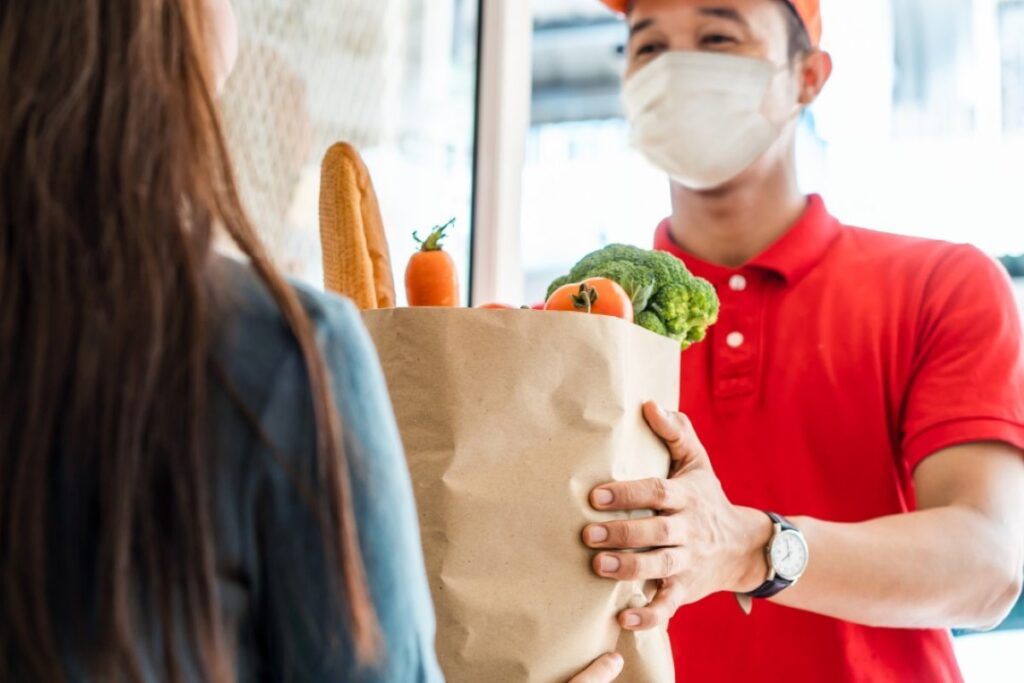
The seed that birthed the restaurant delivery disruption is a no-brainer in hindsight. The gig economy in food, which made online ordering a thing, is time-saving and convenient for consumers. The template for running virtual restaurant models is easy and economical to deploy in urban regions. In cities, people are always on the go and would not mind paying extra for food deliveries to the office or apartment.
Specializations make the gig economy in food even more interesting, as all the players enjoy mutual benefits. For example, ghost kitchens focus on providing clients with the best meals, leaving third-party delivery platforms to worry about logistics. DoorDash, Glovo, Jumia Food and Uber Eats industry trends are examples of startup innovations taking restaurants online.
ALSO READ: Why Do Some Foods Taste Better the Next Day?
The Cost to Restaurants
Making money off online food orders is still murky terrain for many restaurants, particularly the small ones. Why? Many of these restaurants lose their profits to third-party delivery platforms, in the guise of delivery app fees. Indeed, some restaurants run their virtual business model at a loss, to provide loyal customers with virtual fulfilment. Of course, the big food chains can afford to subsidize this bleeding arm of the business, but the small restaurants may struggle to keep up.
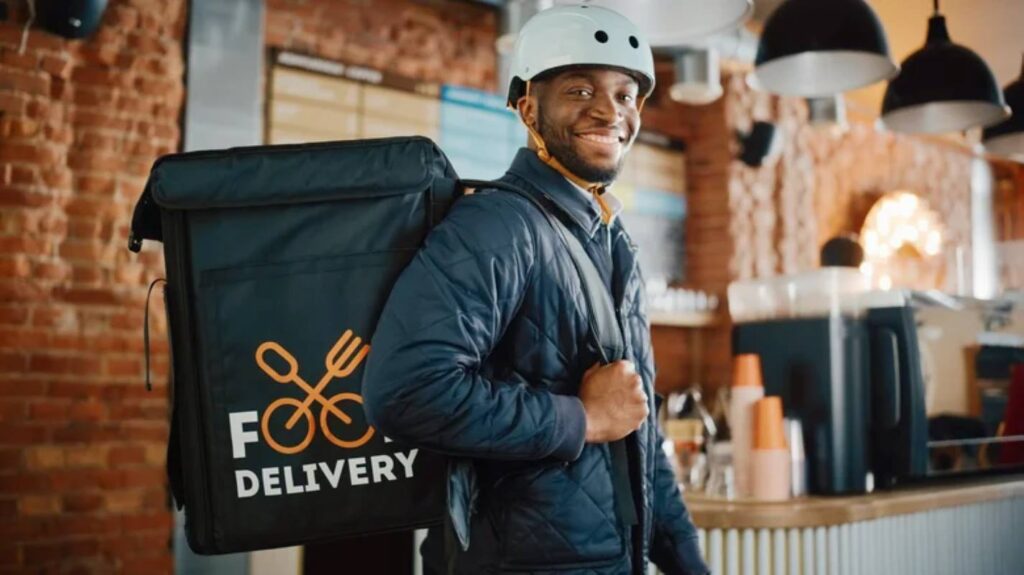
A customer may order a pizza online and get the food delivered in minutes with little hassle. However, more goes down in the backend to fulfil that order. So, third-party delivery platforms do all they can to milk the gig economy in food due to their marked contribution. They charge restaurants delivery app fees, service fees, commission fees, and optional fees. If the third-party company finds that it is not making enough from all those fees, per order, they add markups to the original menu prices.
Of course, many restaurants try to remain competitive by making their meals as cheap as possible. However, since more and more customers are accustomed to online orders, they are exposed to relatively higher meal prices. In the long run, restaurants may lose customers. Interestingly, when the business goes sour for a restaurant, its affiliate food delivery app strikes up partnerships with some other restaurants. So, it is easy to see that the third-party delivery platforms are the current rulers of the virtual restaurant turf.
Unfortunately, trying to renegotiate or exit the delivery partnership may not pan out well for the restaurant.
Dark Kitchens and Virtual Brands
Enter, dark kitchens (a.k.a. Ghost kitchens). Small restaurants are making efforts to sidestep the accompanying fees of third-party delivery platforms. So, the impact of food delivery apps is that restaurants often opt for cost-effective alternatives like ghost kitchens.
Are you wondering how ghost kitchens aid the operations of small restaurants? Stand by for a quick breakdown. The gist is: ghost kitchens reduce overhead costs significantly by eliminating the dining space and service staff from their business model. So, dark kitchens utilize a space housing multiple small restaurants (now virtual brands). These virtual food brands also use data analytics to focus on niche offerings, based on consumer demand.
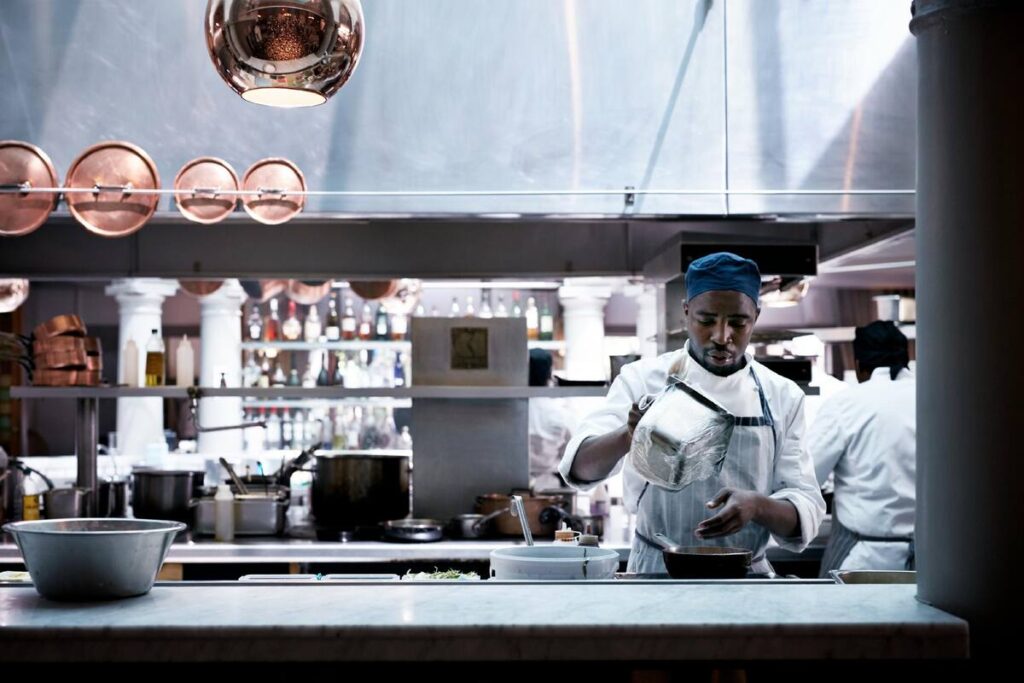
Online marketing and delivery strategies are managed internally. Multiple virtual brands pooling resources together in a ghost kitchen make the strain of footing the delivery cost more bearable. While it may be difficult for big restaurant chains to fully adopt the virtual restaurant business model, ghost kitchens should be enough to keep third-party delivery platforms on their toes.
Tech-Driven Innovation
In the ever-evolving world of tech innovations, third-party delivery platforms are also morphing to remain relevant. Another impact of food delivery apps is the almost real-time incorporation of tech-driven innovations. For example, meals are being delivered faster thanks to route optimization. Also, customers can now place orders tailored to their nutritional profile thanks to AI-driven menus.
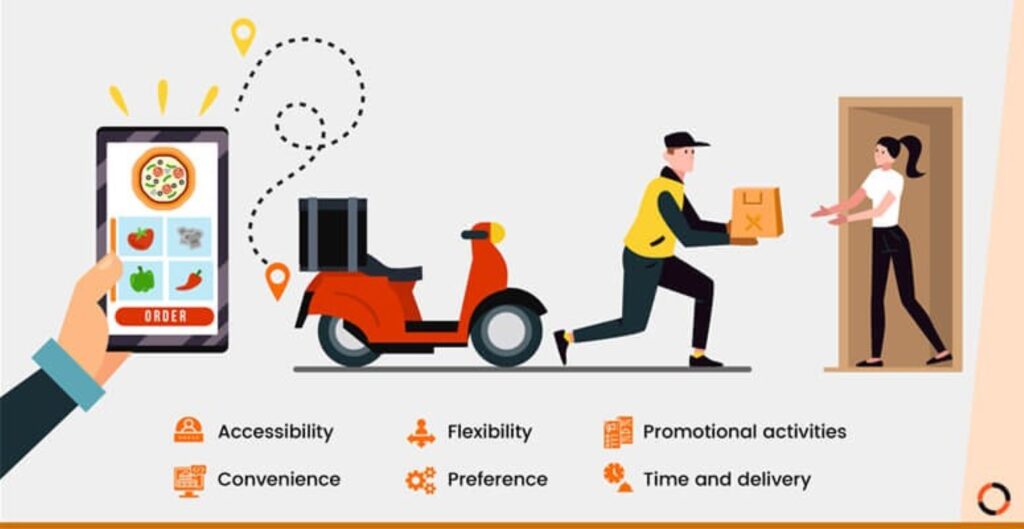
Another impact of food delivery apps is that they are significantly shaping customer food choices through subscription models and loyalty programs. More of these mainstream delivery apps are integrating POS systems. Some do as far as wooing restaurants by providing smart kitchen tech for the backend operations of their restaurant partners.
ALSO READ: Why Spices Were Once Worth More Than Gold
Where Is This All Headed?
So, where do customers stand in all these jostling for relevance and how food delivery apps are changing the restaurant business? Well, an obvious impact of food delivery apps is that it is influencing the food choice habits of consumers. With a few bucks and a ‘place order’ button, calorie-fueled dopamine is at the other end of a smartphone screen.
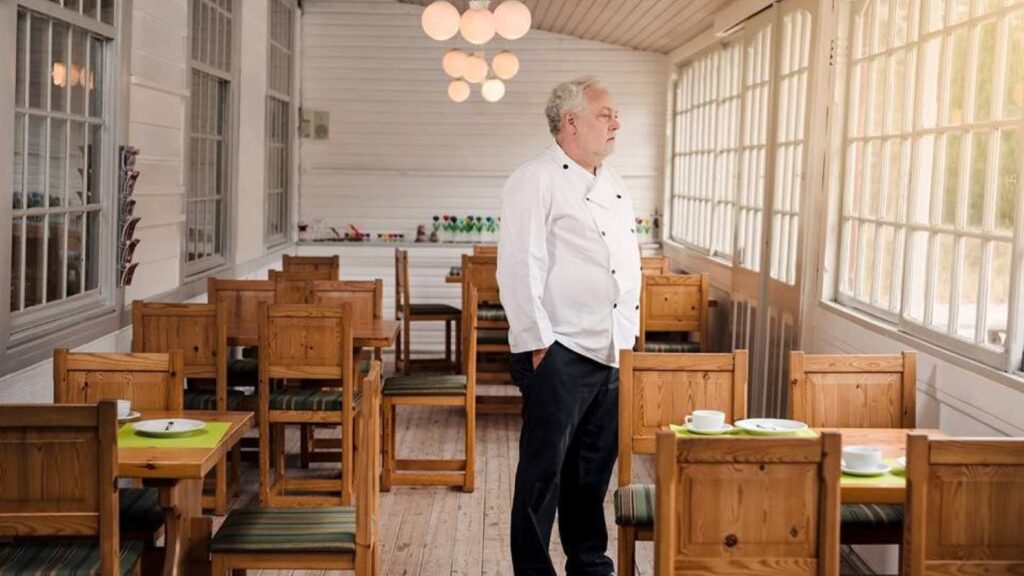
The impact of food delivery apps has its pluses and drawbacks. About the drawbacks (high fees and missing items), everyone is only trying to be on their A-game and ride the wave of profitability. Some of the methods that third-party delivery platforms are looking to deploy to achieve this goal are decentralized apps and drone delivery.
However, will restaurants try to bell the cat and dampen the impact of food delivery apps or become permanently tech-reliant? We can only wait to see how these two forces influence food tech trends soon.








